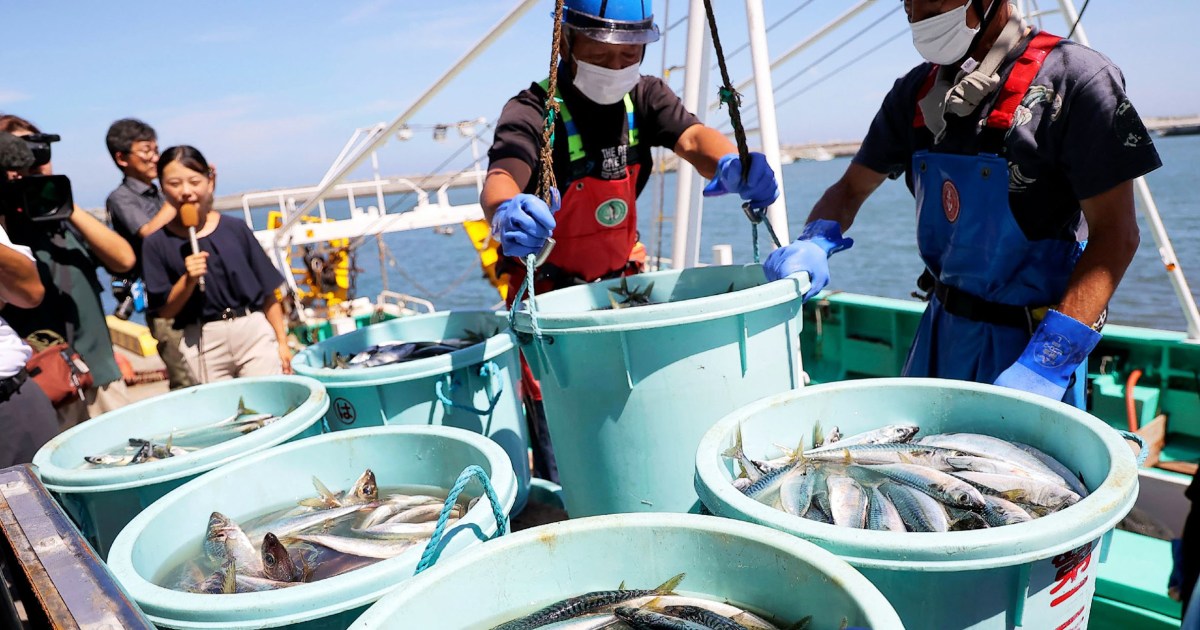The United States has started bulk buying Japanese seafood to supply its military there in response to China’s ban on such products imposed after Tokyo released treated water from its crippled Fukushima nuclear plant into the sea.
Unveiling the initiative in a Reuters interview on Monday, U.S. ambassador to Japan Rahm Emanuel said Washington should also look more broadly into how it could help offset China’s ban that he said was part of its “economic wars.”
China, which had been the biggest buyer of Japanese seafood, says its ban is due to food safety fears.
The U.N.’s nuclear watchdog vouched for the safety of the water release that began in August from the plant wrecked by a 2011 tsunami. G7 trade ministers on Sunday called for the immediate repeal of bans on Japanese food.



This is the best summary I could come up with:
Unveiling the initiative in a Reuters interview on Monday, U.S. ambassador to Japan Rahm Emanuel said Washington should also look more broadly into how it could help offset China’s ban that he said was part of its “economic wars.”
Emanuel said the purchases — which will feed soldiers in messes and aboard vessels as well as being sold in shops and restaurants on military bases — will increase over time to all types of seafood.
Emanuel, who was former President Barack Obama’s White House chief of staff, has in recent months made a series of blunt statements on China, taking aim at various issues including its economic policies, opaque decision-making and treatment of foreign companies.
That has come as top U.S. officials, including Secretary of State Antony Blinken, have visited Beijing in an effort to draw a line under strained ties.
The most recent official youth unemployment data from China, published in July before Beijing said it was suspending publication of the numbers, showed it jumping to a record high of 21.3%.
Emanuel said he was also keeping an eye on how China’s leadership responds to the recent death of former Premier Li Keqiang, a reformist who was sidelined by President Xi Jinping.
The original article contains 685 words, the summary contains 199 words. Saved 71%. I’m a bot and I’m open source!